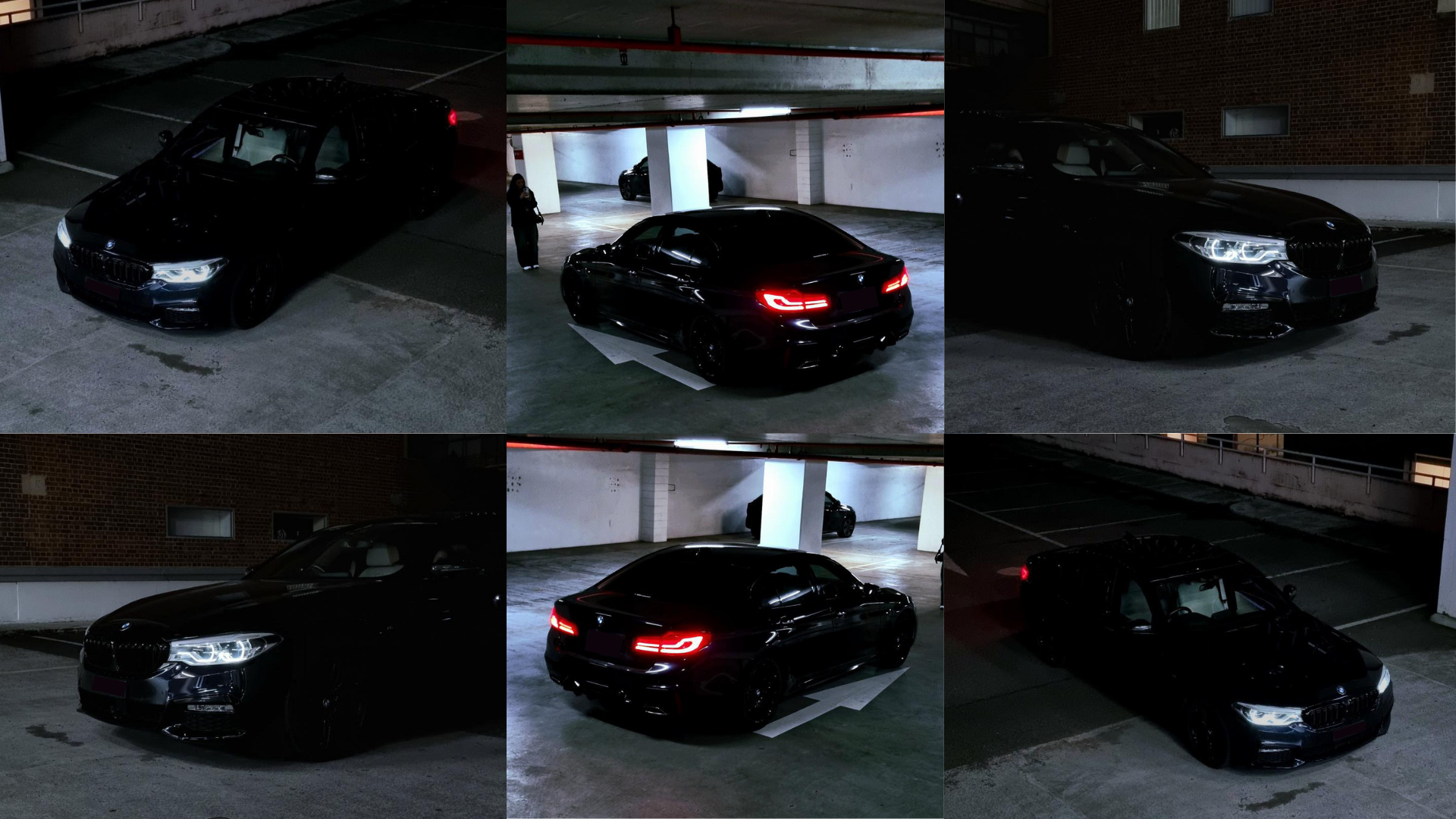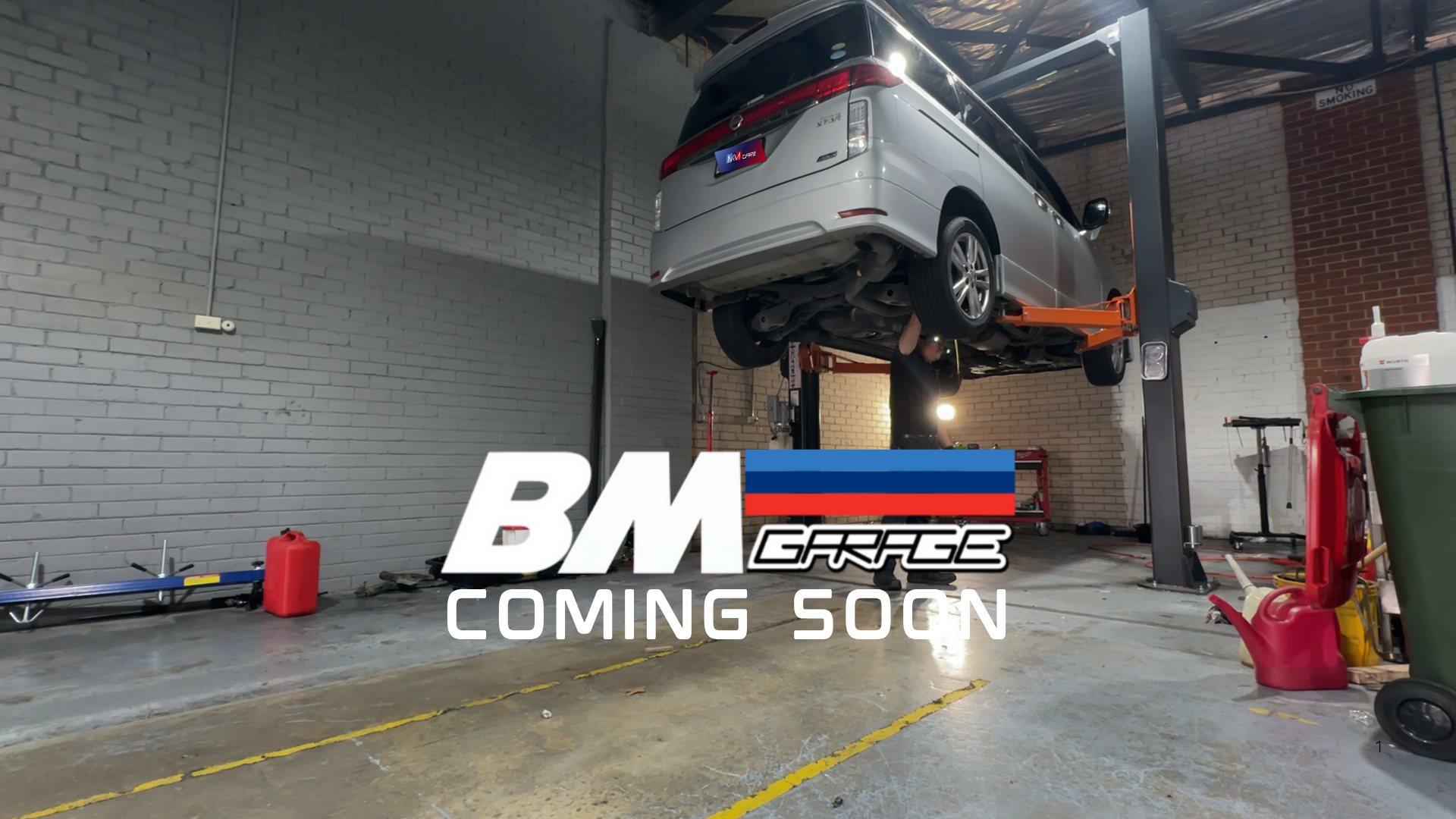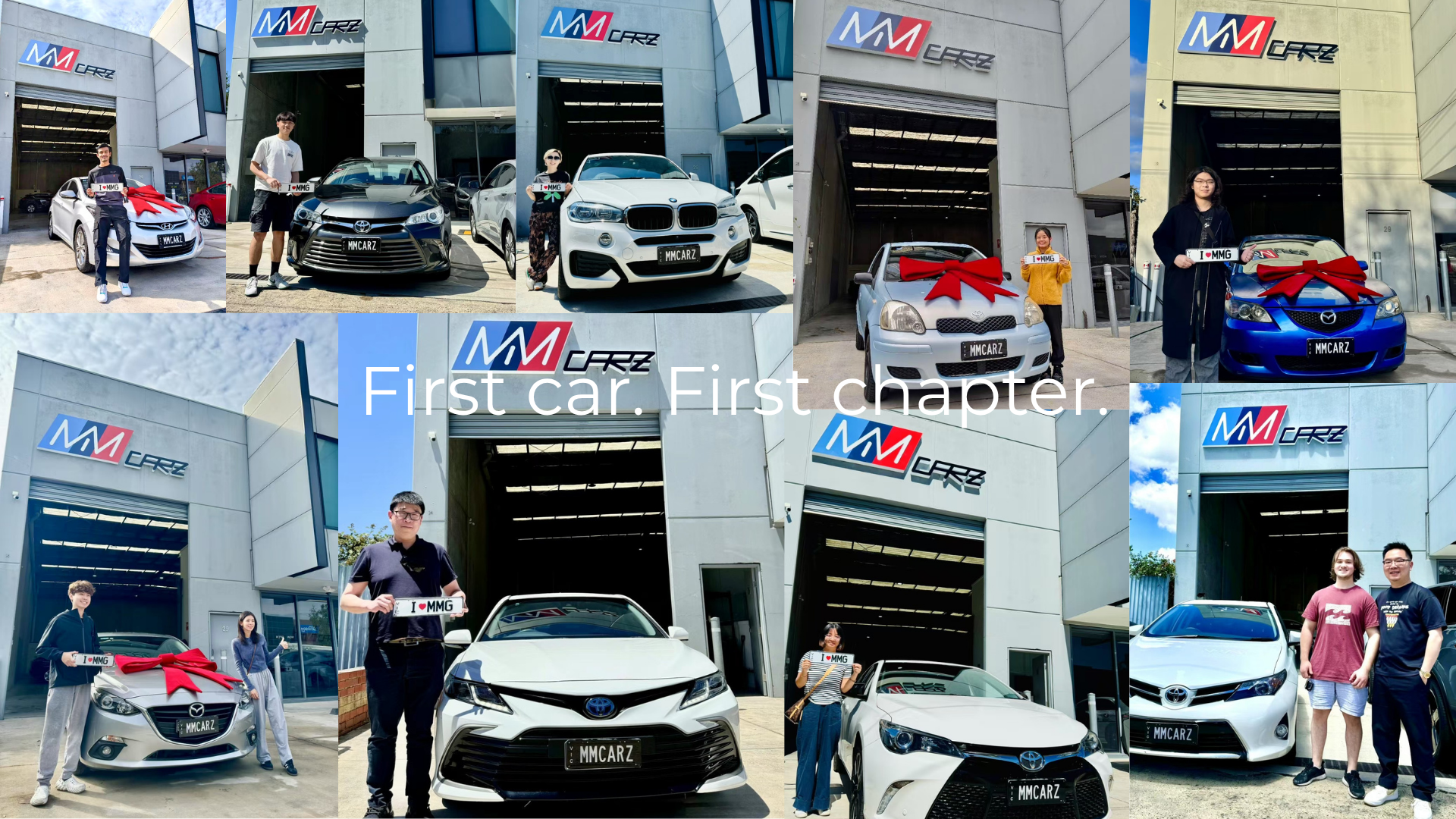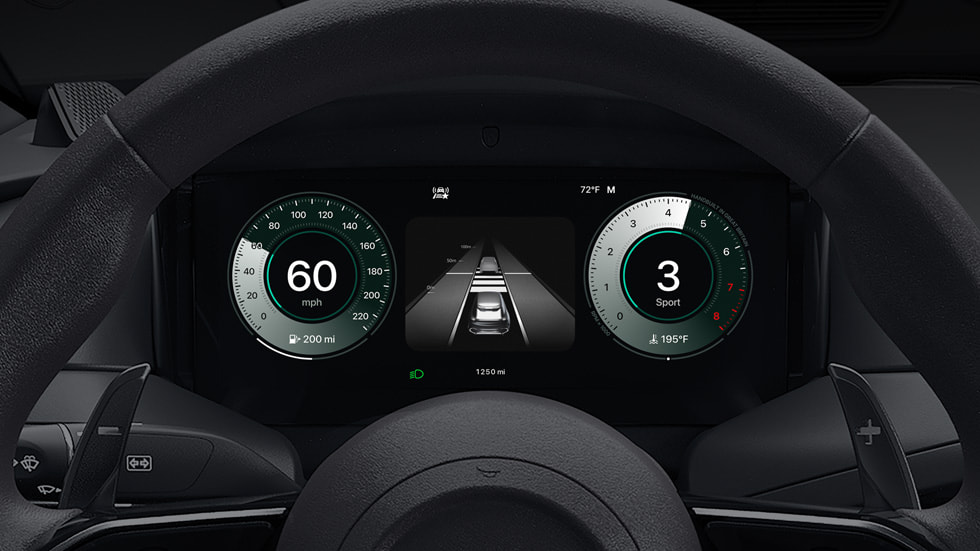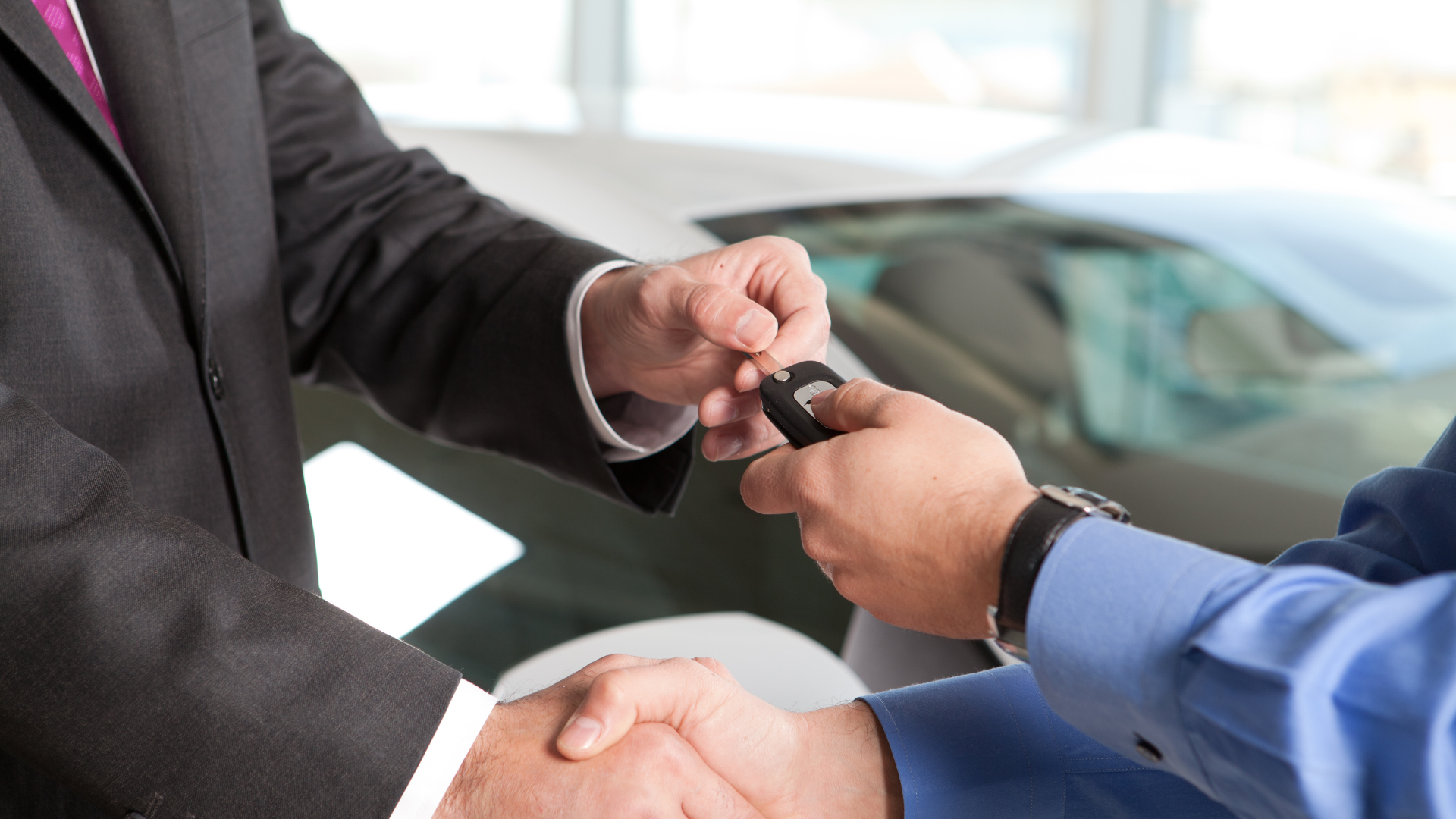
Purchasing a used car is a significant decision, and a comprehensive test drive is a vital step in the process. It provides an opportunity to assess the vehicle’s condition, performance, and suitability for your needs. Here are five essential tips to guide you through an effective test drive:
1. Conduct a Thorough Visual Inspection
Before starting the engine, take time to examine the vehicle’s exterior and interior:
- Exterior: Look for signs of damage, such as dents, scratches, or mismatched paint, which may indicate previous accidents or repairs.
- Tyres: Check for even wear and sufficient tread depth. Uneven wear could suggest alignment issues.
- Interior: Inspect the seats, dashboard, and controls for excessive wear or damage. Ensure all features, such as air conditioning and infotainment systems, are functioning correctly.
2. Assess Comfort and Ergonomics
Ensure the vehicle accommodates your comfort preferences:
- Seating: Adjust the driver’s seat for optimal comfort and visibility.
- Controls: Familiarise yourself with the placement and operation of controls, ensuring they are intuitive and within easy reach.
- Visibility: Check for clear visibility through all windows and mirrors, and ensure there are no significant blind spots.
3. Evaluate Driving Performance
During the test drive, pay attention to the vehicle’s performance:
- Acceleration and Braking: The car should accelerate smoothly and brake effectively without unusual noises or vibrations.
- Steering and Handling: The steering should be responsive, and the vehicle should handle turns and lane changes with stability.
- Suspension: Drive over various road surfaces to assess the suspension’s ability to absorb bumps and maintain comfort.
4. Listen for Unusual Noises
Unusual sounds can indicate mechanical issues:
- Engine: Listen for knocking, ticking, or excessive noise during acceleration.
- Brakes: Squealing or grinding noises may suggest worn brake components.
- Suspension: Clunking sounds over bumps could point to suspension problems.
5. Review Vehicle History and Maintenance Records
Request and review the vehicle’s history report and maintenance records:
- Accident History: A history report can reveal past accidents, title issues, or odometer discrepancies.
- Service Records: Consistent maintenance records indicate the vehicle has been well cared for.
- Pre-Purchase Inspection: Consider having the vehicle inspected by a qualified mechanic to identify any hidden issues.
Final Thoughts
A meticulous test drive is essential when purchasing a used car. By conducting a thorough inspection, assessing comfort and performance, listening for unusual noises, and reviewing the vehicle’s history, you can make an informed decision and find a vehicle that meets your needs and expectations.






